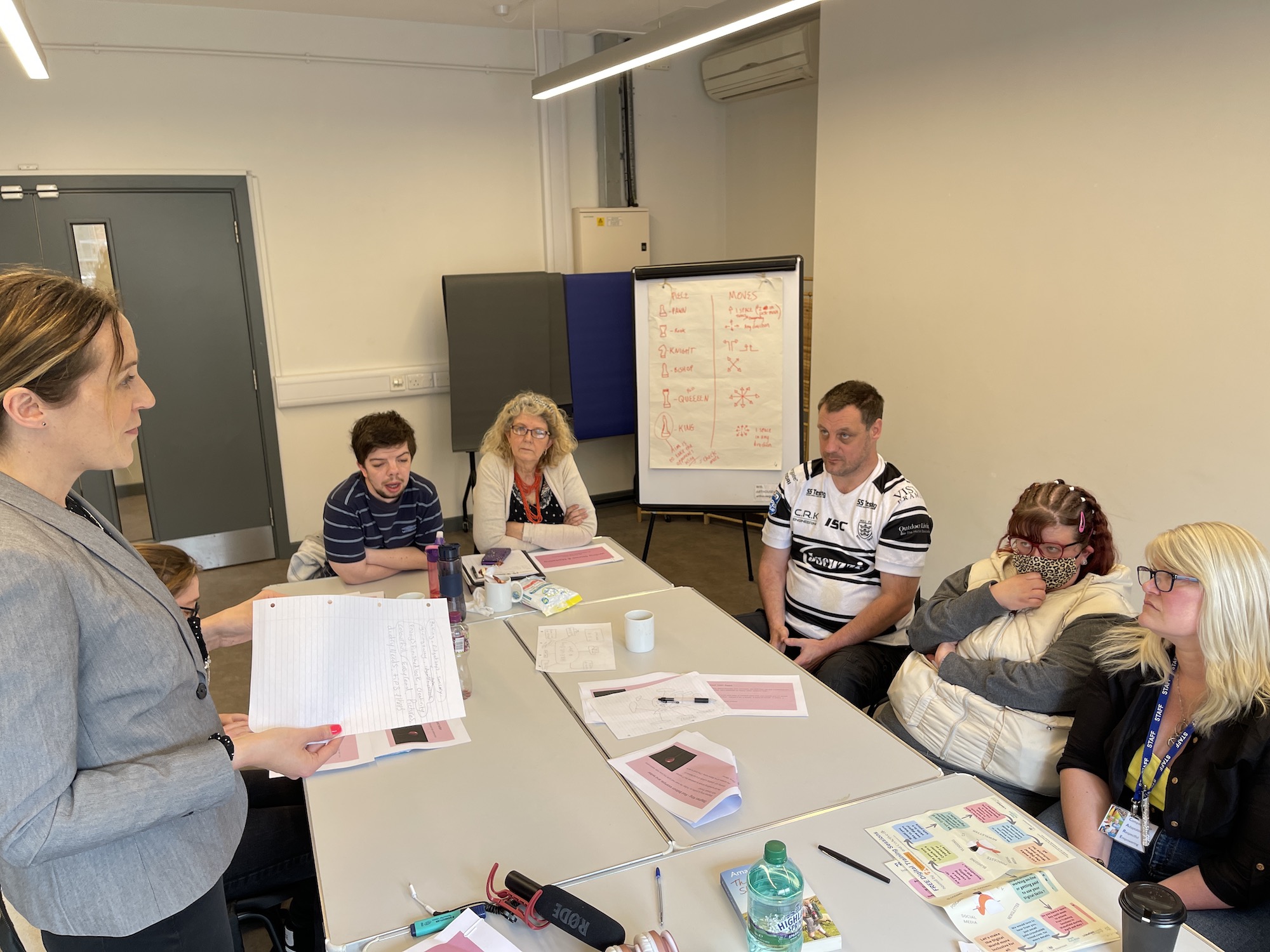Neuroplasticity: What is it? How we can rewire our brain to help our work and life habits
Neuroplasticity is the umbrella term referring to the brain’s ability to change, transform, evolve over time and as a result of our experiences and behaviours.
Much like with Neurodiversity.
Neurodiversity is the umbrella term for how differently our brains function and the diversity of our minds.
Neurodiversity includes neurotypical people who make up most of the population and neurodivergent people (it can include Autism, ADHD, Dyslexia, Dyspraxia and a range of other divergences).
Much like with our finger prints, each brain is different.
Robert Chapman, PhD, said: “The neurodiversity movement is a social justice movement pushing for a shift away from the default pathologizing of mental, developmental, and cognitive disability and toward what I have called a social ecological approach to understanding disablement.”
While we all have diverse experiences and brain processes which influences how we function, there are many ways in which we can retrain our brain.
Digitally Active facilitator Esta Suma @FemaleMagik shared some top tips with how to train our brains in a session on Neuroplasticity.
She said: “We have 6000 thoughts a day. How can you create boundaries?”
Task:
Write down the things I can control and then write things I can’t and in that you can create a boundary.
Negative habits feed something that are lacking in our lives.
Habits:
- Have we got a habit we’d like to address
- What habit haven’t you been able to shift?
Start with self awareness and a “promise to ourselves to be aware of our thoughts,” said Esta.
Esta referred to Joe Dispenza who believes: “How I think = How I act = how I feel”
Step 1: Self awareness
Promise to ourselves to be aware of our thoughts.
Esta referred to Joe Dispenza who believes: “How I think = How I act = how I feel”
Step 2: Self acceptance
Accept things as they are but they can change.
Step 3: Surrender and let go
- Reprogramming your brain
- Pay more attention to your habits
- Create new ones and rehearse
One of the ones we decided as a group was to change our habit of always saying ‘sorry.’ As well as letting other people overstep our boundaries.
“Negative habits feed something that are lacking.”
Have we got a habit we’d like to address?
Make a promise to ourselves to be aware of thoughts
Don’t forget:
Write down: “Things I can control and then write things I can’t “ and then “write a boundary.”
For more information, go to: https://yorkshirefamilies.co.uk

 English
English
 French
French
 German
German
 Italian
Italian







